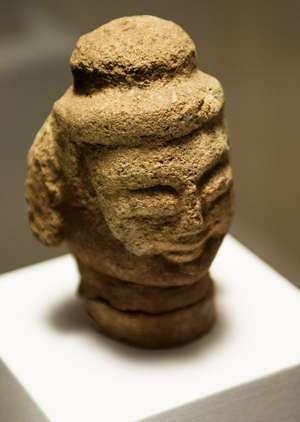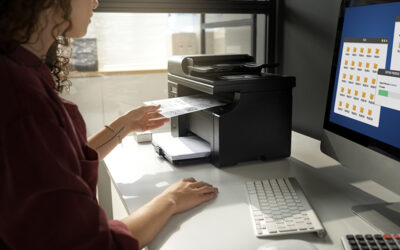 Digitization that is made possible by advanced technology finds application in many areas, and one of its most important uses is that it facilitates archeology and digital preservation of cultural heritage. Earlier, digital capture and archiving of cultural treasures was limited to 2-D artifacts such as paintings, photos and book pages. Now 3-D digitization is available that helps to recover both texture and geometry of 3-D objects also with great accuracy.
Digitization that is made possible by advanced technology finds application in many areas, and one of its most important uses is that it facilitates archeology and digital preservation of cultural heritage. Earlier, digital capture and archiving of cultural treasures was limited to 2-D artifacts such as paintings, photos and book pages. Now 3-D digitization is available that helps to recover both texture and geometry of 3-D objects also with great accuracy.
Digital preservation of objects of cultural heritage has attracted a lot of attention from researchers, students and even the general public. This helps prevent these precious objects from being destroyed due to weathering, eroding or disaster. In the United States, digitization is under way at the Smithsonian museum. The museum’s collection of 137 million items is being converted into the digital form. In January 2015 it was reported that the program is now focused on the National Numismatic Collection kept at the Smithsonian’s National Museum of American History along with other legal tender such as tax stamps, war bonds, and bank notes. The 250, 000 pieces of paper will become the museum’s first full-production “rapid capture” digitization project. The museum’s unique collections such as the 1903 Wright Flyer, a 1500 year old Buddha sculpture, a Super Nova, a prehistoric fossilized whale or Lincoln’s Life Masks will be brought to classrooms and homes with the help of cutting-edge 3-D technology. The Smithsonian will be crowdsourcing its research and opening up its collections to the public.
A recent report highlighted China making use of 3-D digitization services for the digital preservation of cultural relics in the country. This project will bring the following advantages.
- Facilitate the continuous evaluation and analysis of the relics without touching the physical object itself
- To improve the safety of the already fragile relics
- The 3-D renderings can be included into interactive product presentations, manuals, journals, technical literature and sales brochures
- It could improve and facilitate the dialogue between museums and other cultural sectors
The Digital Scanning and Conversion Process
First, data is captured through a range of scanners. The scanning process is continued until the entire visible surface of the object is captured from many different angles. Then high resolution photographs of each relic are taken again from many different angles for the mapping of the texture.
Scanned data can be used for a variety of applications such as:
- Exhibitions and interactive presentations
- Relic packaging
- Relic research & restoration
- Digital archiving
- 3-D line drawing
- Virtual restoration
- Virtual display
With the continued evolution of digital technology, 3-D digitization is being increasingly preferred for preserving cultural heritage artifacts. It greatly reduces the need for physical storage space in museums and related organizations and provides an easy way to view and study historical artifacts. It makes information exchange easy and quick.
Digital technology is all-encompassing and the demand for digital conversion services is bound to rise in the coming years. Apart from its amazing use in museums, libraries, archives and educational institutions, it has immense potential in the business arena as well.



